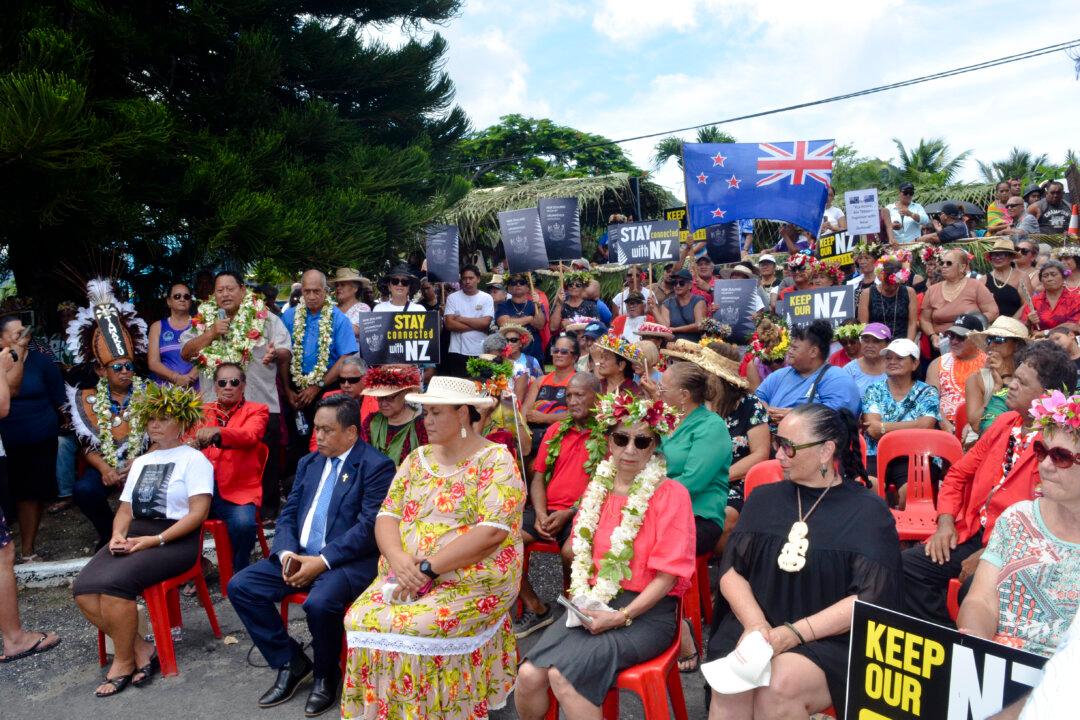NEW DELHI—While the current second wave of COVID-19 isn’t unique to India, the South Asian nation presents a unique set of problems that are aggravating the surge of the disease, according to a global health care policy expert who has authored a book on the pandemic.
Meanwhile, experts are warning that a third wave of COVID-19 is inevitable in India.





